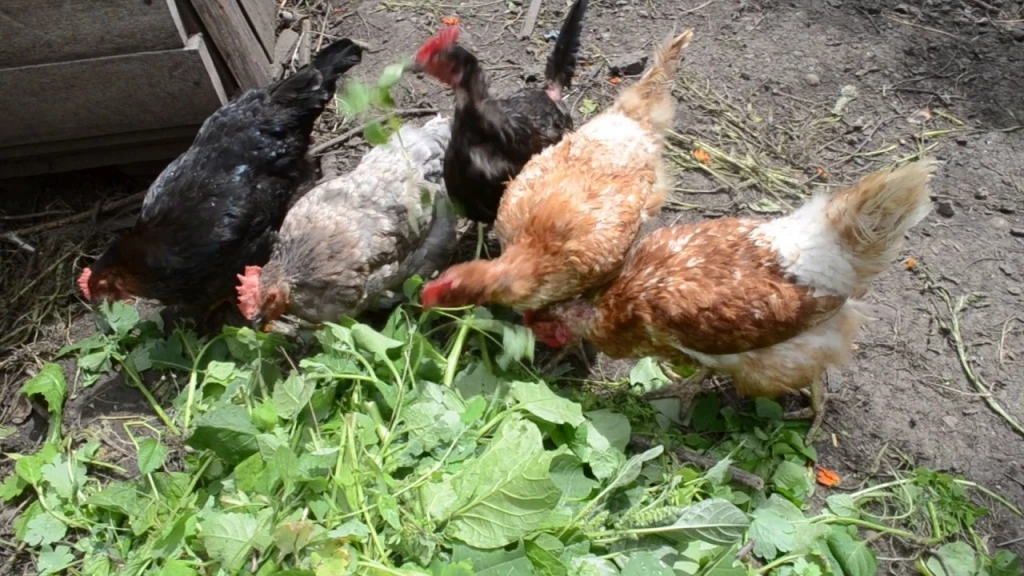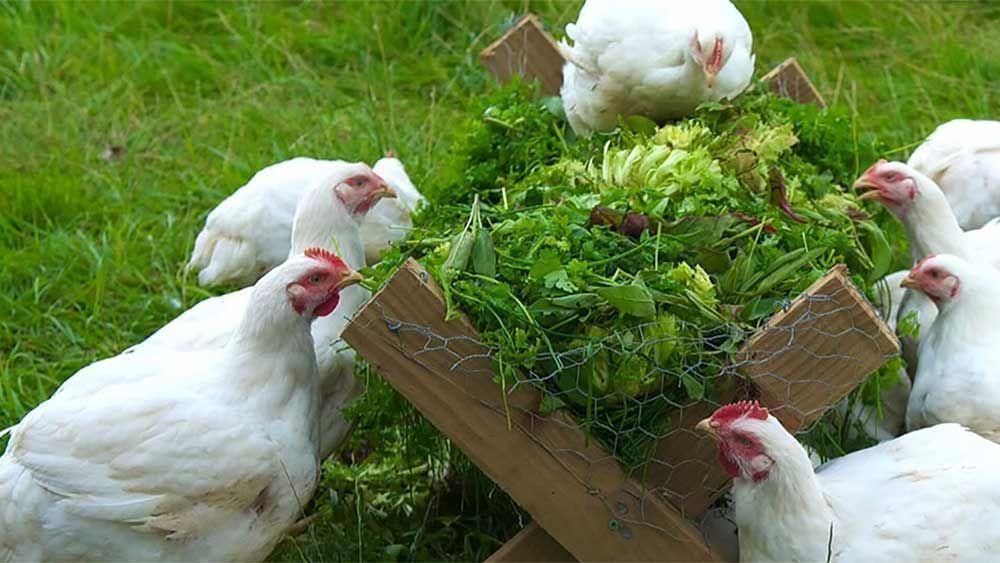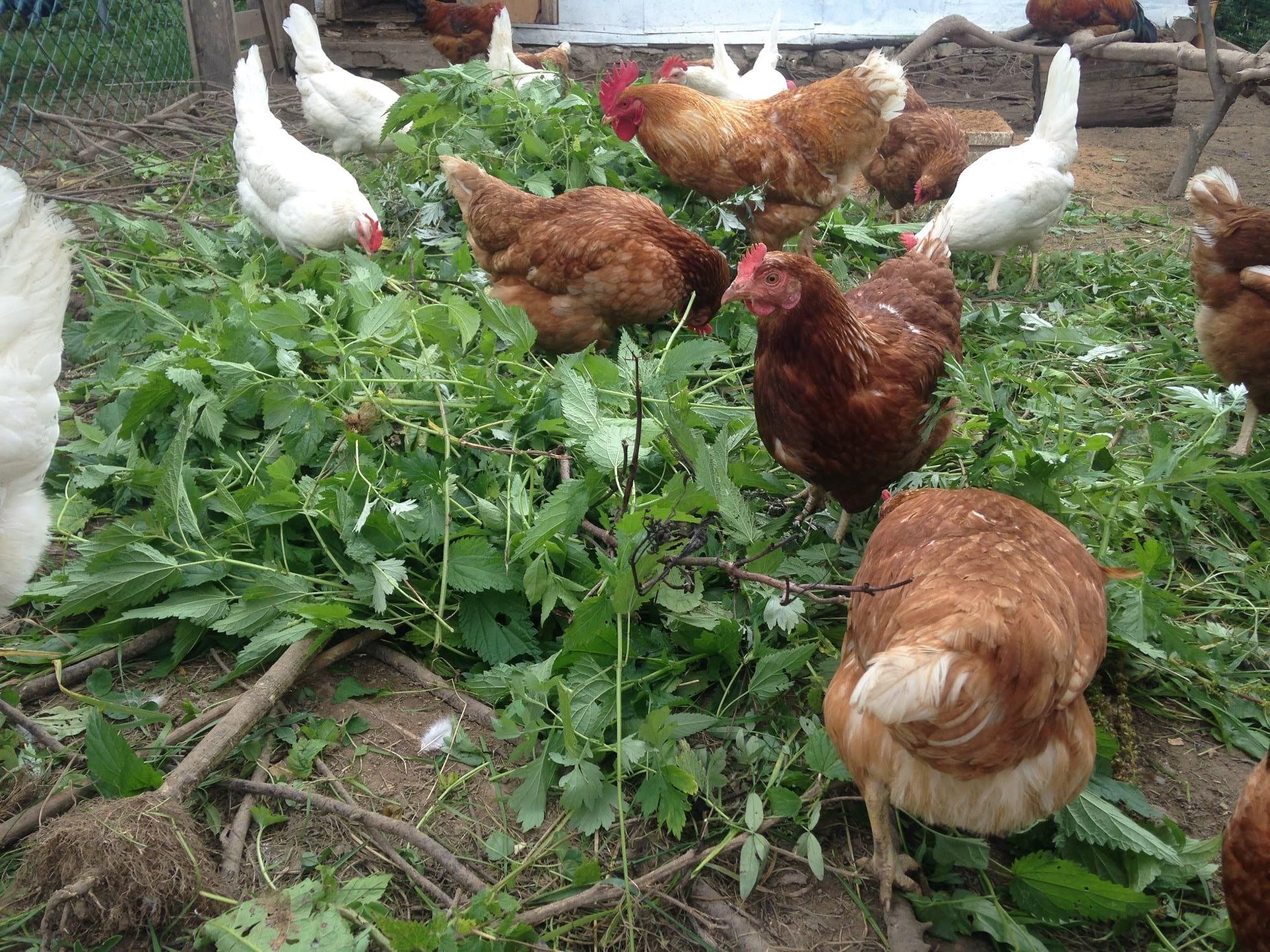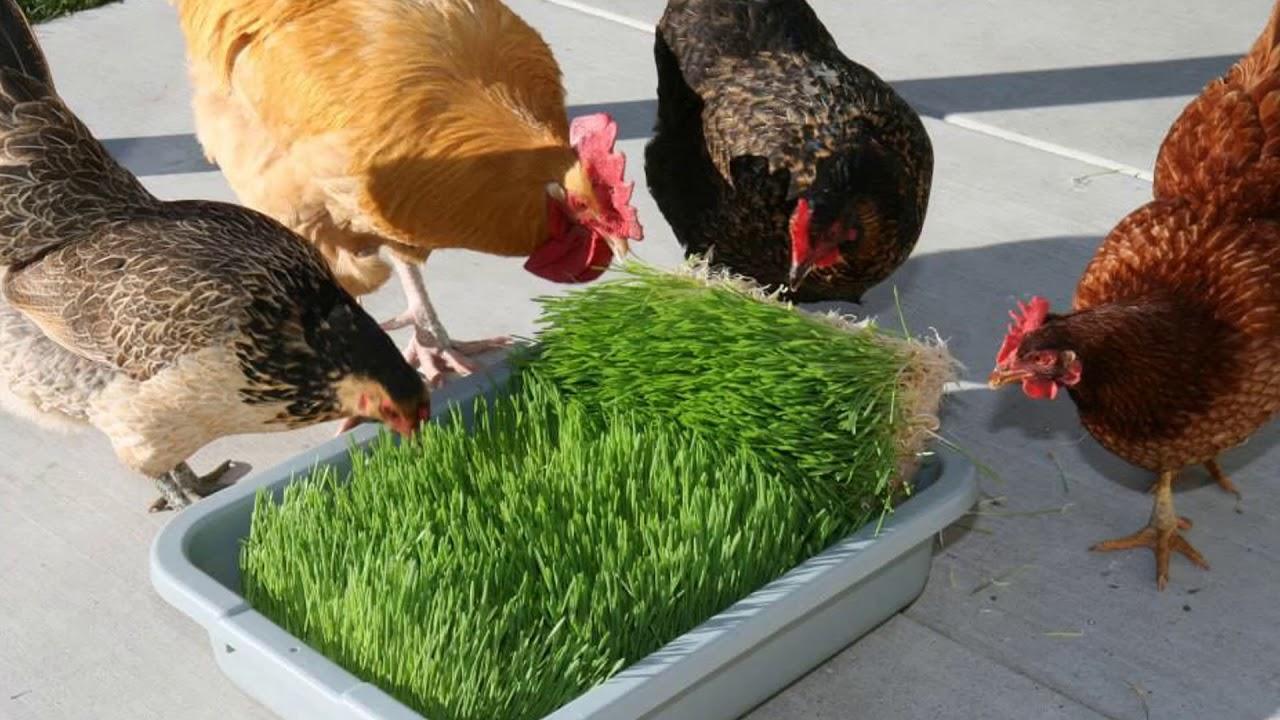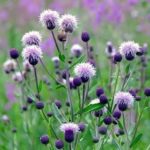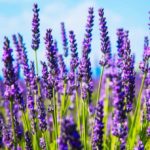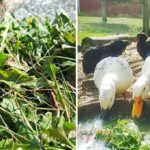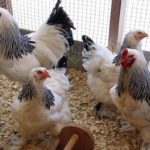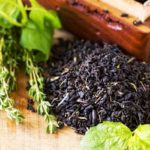Proper nutrition is considered the basis for proper chicken care. From late spring to early autumn, half of their diet consists of vegetables, fruits and grass. However, not every plant is equally beneficial for such birds. Eating the wrong foods risks serious nutritional problems, including poisoning and even death. That is why it is so important to know which grass can be given to chickens and laying hens, and which one cannot.
Allowed herbs
Today there are quite a lot of plants known that can be used in the diet of laying hens.
Nettle
This plant can be given to chickens almost from birth - already 3-4 days after birth. The introduction of nettle into the diet of adult birds has a beneficial effect on their egg production. At the same time, their eggs become tastier and larger.
This is due to the variety of chemical components in the composition. The maximum content of useful substances is present in young nettles. It is also the most burning. Therefore, it is recommended to knead the plant well with your hands. This must be done with gloves.
Dried nettle is considered no less useful. It needs to be harvested during the season and mixed into the feed in winter. Small chickens need to be given the crushed plant. It is added to a mixture of boiled eggs and cottage cheese. Birds are given greens mixed with carrots and boiled potatoes for 1.5-2 weeks.
woodlouse
This plant is popularly known as bird's lettuce. Indeed, woodlice for chickens is an analogue of lettuce for people. It has delicate greens with a neutral taste that does not become coarse throughout the season.
Woodlice should be given to chickens almost from birth. This plant has a good effect on the state of the immune system, stimulates metabolic processes and helps prevent the development of pathologies of the digestive system.
An important advantage is the availability of the plant throughout the season.Fresh greens appear already in the first half of May. In addition, it continues to grow until October or November - it depends on the season.
Bird's knotweed
This plant has many other names - ant, gossamer, knotweed. The name suggests that the plant can be used for birds. Laying hens are very fond of bird knotweed. Young greens can also be eaten by people. They have a neutral and slightly astringent taste. That’s why greens are often used to make salads.
The culture is found in places where the ground is heavily trampled down to the very foundation. The grass spreads over the surface of the earth, forming a dense thick carpet. However, it is important to consider that there is a similar plant called smooth hernia. It is a poisonous crop that most often lives along roads and in rocky soil. However, sometimes the plant is found in yards.
The hernia plant is characterized by oval leaves, while the knotweed has more elongated leaves. Many people find it difficult to distinguish plants. Therefore, in the absence of clear certainty, it is better not to give greens to chickens.
Clover
Summer residents use this crop as lawn grass. It is also a perennial green manure plant. For rural residents, alfalfa is a valuable fodder crop. It belongs to the legume family. This plant contains a lot of protein. At the same time, it has neutral taste qualities.
The exception in this family is lupine. Many varieties of this crop contain the dangerous alkaloid lupinine. Therefore, it is better not to use it for people who are poorly versed in the varieties of this crop.
Clover foliage is loved by various animals and birds - not only chickens, but also pigs, horses, rabbits, cows, and geese. Due to the significant amount of protein in their composition, legumes lead to rapid weight gain. Therefore, these herbs are useful when feeding poultry for meat production.
Pink clover or alfalfa can be sown on a small plot of land. This will make it possible to mow the grass every few days to feed laying hens or other farm animals. After 6-8 years, this bed can be plowed and used for sowing garden crops. Such an area will be saturated with nitrogen and loosened by the roots of perennials.
Plantain
Chickens prefer to peck chopped plantain rather than whole leaves and inflorescences. It can be added to the chicken menu from 10 days. Plantain is characterized by lush greenery and neutral taste.
This plant has pronounced bactericidal and anti-inflammatory characteristics. Plantain is important for the development and strengthening of the skeleton. In addition, the plant will help chickens lay eggs with strong shells.
Snooze
This is a rhizomatous perennial plant that is almost impossible to eliminate. It is rapidly spreading and capturing more and more new places. The duckweed develops well in shady areas with fertile soil. It forms a dense carpet up to the ankle height. The plant has dissected foliage, similar to raspberry.
When a borer develops in the garden, it should not be destroyed immediately. This herb is not only edible, but also very tasty. It is recommended to fry young greens, stew them, or add them to soups. The plant contains a lot of protein and vitamin C.
Quinoa, agaric, American
Quinoa and agaric are known to every gardener. These are the most common weeds that grow in garden beds. Even with systematic weeding, the sprouts sprout again and again. In mid-summer, gazinzoga, also called Americana, begins to grow. This plant is also an annual, but spreads very quickly.
The listed plants are considered edible. They do not have a very pleasant taste, so they were consumed exclusively during famine years. Most often, seeds were used for this. They were ground and put into flour. Young quinoa leaves are usually placed in summer cabbage soup. They contain many vitamins and are of high nutritional value. The plant is often used as chicken feed as it promotes their development.
The leaves resemble spinach, but have a slightly coarser texture. These crops belong to the same Amaranth family. It is worth noting that amaranth leaves and seeds can also be eaten. Its seeds resemble the grain quinoa, which belongs to the same family.
Galinzoga is a very valuable plant that is still rarely eaten. This weed contains a large amount of vitamin C. It also contains flavonoids, inulin, and valuable amino acids. American has a neutral herbaceous taste.
Thus, the weeds that summer residents destroy in their gardens can be used as food for birds. Laying hens will definitely like young greens. In this case, overgrown weeds can be used as a source of seeds for birds.
Tansy, yarrow, coltsfoot, burdock, spurge
Such plants must be used with extreme caution. For example, milkweed is considered toxic to pigs, horses and cattle. It is allowed to be given to laying hens in limited quantities. This plant has an anthelmintic effect.
Most medicinal crops with a bitter taste help control parasites. Chickens are allowed to give yarrow and tansy in limited quantities. Coltsfoot helps strengthen the bird's immune system. It makes them more resistant to pathologies of the respiratory system. Burdock leaves have a good effect on digestive functions and cleanse the body of laying hens of toxins.
What not to give
There are quite a few plants that are strictly contraindicated for chickens. They belong to different families.
Umbrella
Wild crops from this family are considered the most dangerous for birds. These plants contain powerful neurotoxins. Even a minimal amount of dangerous greens that accidentally gets into the feed can cause death. If plant juice gets on the skin, it will cause human poisoning.
Hemlock or poisonous weed is found in damp places and swamps. This grass also grows on river banks and directly in water. In appearance and smell, this crop resembles parsley. At the same time, flower umbrellas can be confused with carrots.The roots and stems of the crop contain a dangerous poison called cicutotoxin.
Hemlock and spotted hemlock are widely distributed. They are found in fields and vegetable gardens. These plants resemble parsley in appearance. At the same time, hemlock is popularly called wild parsley, while coke is called dog parsley. Young plants differ from healthy greens by an unusual mouse smell. Hemlock and coryshes contain a powerful neurotoxin called coniine. This substance provokes the onset of paralysis.
Ranunculaceae
All plants from this family are considered very toxic. They often grow in flower beds, so they are not usually used as feed for laying hens. But there are also wild specimens. These include marigolds, swimmers and buttercups.
The popular name for buttercup is night blindness. It contains a toxic substance that has an irritating effect on the mucous membranes. Representatives of the Buttercup family include hellebore, nigella, adonis, and aquilegia. They also include aconite and delphinium. They contain alkaloids that are comparable in intensity to the common toxin curara.
Foxglove also has toxic properties. She belongs to a different family. However, in flower beds the plant is often planted near aconite and delphinium.
Poppy
These crops are distinguished by pronounced narcotic characteristics. It is prohibited to grow them, therefore self-seeding poppy is not found in dachas. However, not everyone knows that milky poppy sap is poisonous. This category also includes the famous celandine plant. The plants are distinguished by yellow milky sap and cause severe intoxication in birds and animals.
Liliaceae
All parts of the representatives of this family are considered highly poisonous. Narcissus leaves and bulbs resemble greens and heads of garlic. If you give them to chickens, there is a high probability of severe poisoning.
Hellebore is usually found in the forest. If the plant gets onto the site, it should be destroyed or moved to the flower garden. The culture has decorative leaves resembling lily of the valley. However, they contain a strong alkaloid. In a small dose, the substance provokes vomiting. In severe cases, intoxication leads to death.
Feeding hens and chicks is considered an important part of caring for them. In order not to harm the birds, it is important to familiarize yourself with the list of permitted and prohibited herbs.

